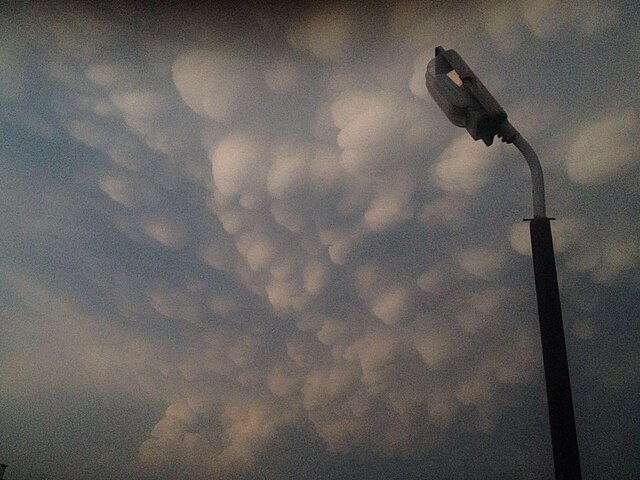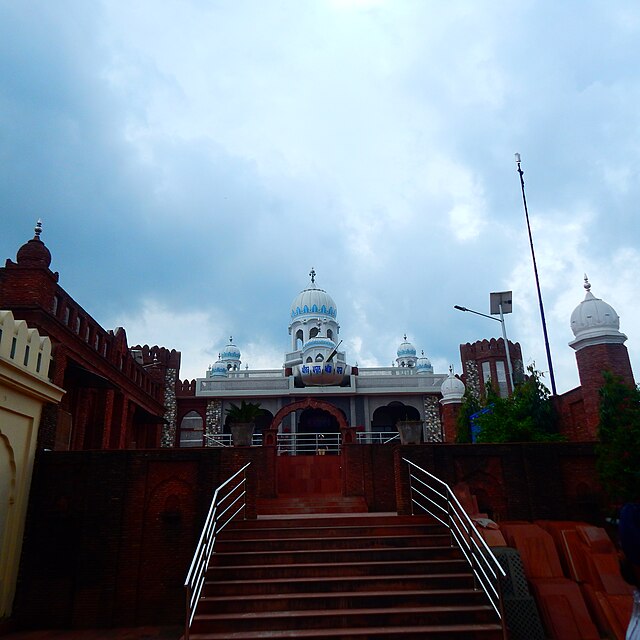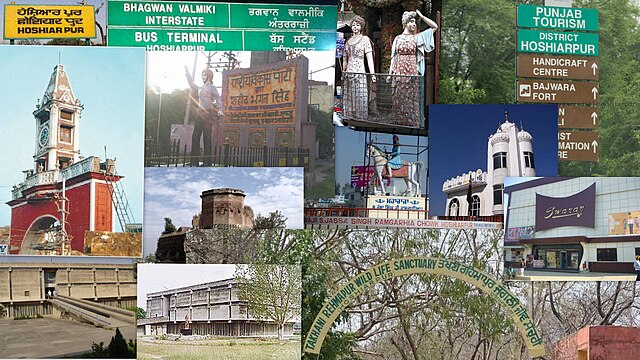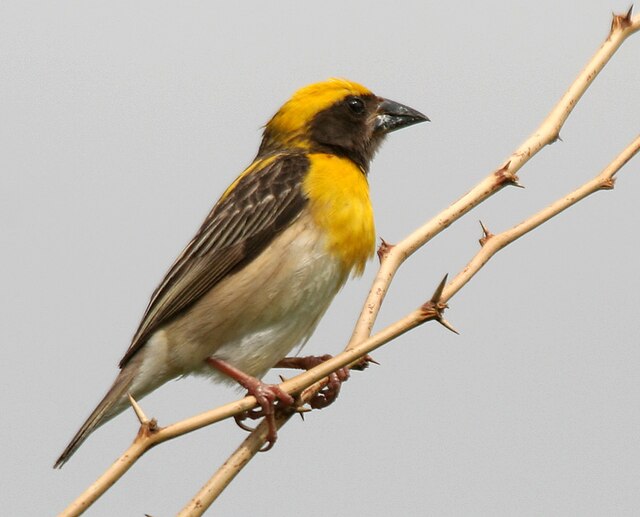Have you ever wondered what makes Hoshiarpur’s weather so unique among Punjab’s cities? Nestled in the foothills of the Shivalik Hills, this charming city experiences a delightful blend of subtropical and semi-arid climate that makes it a fascinating weather destination. Whether you’re planning a visit or simply curious about this beautiful region’s climate patterns, you’re in for a treat!
Hoshiarpur’s weather tells a story of four distinct seasons, each bringing its own charm and challenges. From the crisp winter mornings that make you want to snuggle under a warm blanket to the refreshing monsoon showers that transform the landscape into a green paradise, this city’s climate is as diverse as its rich cultural heritage.
Understanding Hoshiarpur’s Geographic Location and Climate
Where is Hoshiarpur Located?
Picture this: Hoshiarpur sits pretty at coordinates 31.5° N latitude and 75.9° E longitude, strategically positioned in the Doaba region of Punjab. What makes its location special? It’s the proximity to the Shivalik Hills that gives Hoshiarpur its unique microclimate, setting it apart from the typical Punjab plains weather.
The city’s elevation of approximately 300 meters above sea level might not seem like much, but it’s enough to create noticeable differences in temperature and rainfall patterns compared to other Punjab cities. Think of it as nature’s way of giving Hoshiarpur its own weather personality!
Climate Classification of Hoshiarpur
Meteorologically speaking, Hoshiarpur falls under the humid subtropical climate category with semi-arid characteristics. But what does this really mean for you? It translates to hot summers, mild winters, and a pronounced monsoon season that brings life to the region.
The city experiences three main seasons: a hot season from April to June, a monsoon season from July to September, and a cool season from October to March. This pattern has remained relatively consistent over the decades, though climate change is beginning to introduce some variations.
Seasonal Weather Patterns in Hoshiarpur

Winter Weather (December to February)
Temperature Ranges in Winter
Winter in Hoshiarpur is like a gentle embrace rather than a harsh slap. During December and January, you can expect minimum temperatures to hover around 4-8°C (39-46°F), while maximum temperatures rarely exceed 20°C (68°F). February starts showing signs of the approaching spring with slightly warmer days.
The beauty of Hoshiarpur’s winter lies in its mild nature. Unlike the bone-chilling winters of northern hill stations, Hoshiarpur offers comfortable cold weather that’s perfect for outdoor activities without the need for heavy winter gear.
Winter Activities and What to Expect
What makes winter special in Hoshiarpur? The clear, crisp air offers excellent visibility of the surrounding hills, making it perfect for photography and sightseeing. Morning fog occasionally blankets the city, creating an ethereal atmosphere that locals and visitors alike cherish.
This season is ideal for exploring historical sites, enjoying local cuisine at outdoor eateries, and participating in cultural festivals that dot the winter calendar. The comfortable temperatures make walking tours particularly enjoyable.
Spring Weather (March to May)
The Pleasant Spring Transition
Spring in Hoshiarpur is nature’s way of gradually preparing you for the upcoming summer. March starts mild with temperatures ranging from 10-25°C (50-77°F), but by May, you’re looking at 22-38°C (72-100°F). It’s like watching nature slowly turn up the thermostat!
The spring months are characterized by minimal rainfall and plenty of sunshine. This is when the local flora comes alive, painting the landscape in vibrant colors that make every corner Instagram-worthy.
Best Time for Outdoor Activities
March and April are arguably the best months for outdoor enthusiasts. The weather is warm enough to be comfortable but not so hot that it becomes unbearable. It’s perfect hiking weather, ideal for visiting nearby attractions, and excellent for agricultural tourism.
Local farmers are busy with their spring crops during this time, offering visitors a chance to witness traditional farming practices in pleasant weather conditions.
Monsoon Season (June to September)
Rainfall Patterns and Intensity
Here’s where Hoshiarpur really shows its character! The monsoon season brings approximately 70-80% of the city’s annual rainfall, which averages around 600-700mm. The southwest monsoon typically arrives in late June or early July, bringing much-needed relief from the summer heat.
The rainfall pattern isn’t uniform throughout the season. July and August are the wettest months, with occasional heavy downpours that can cause temporary waterlogging in low-lying areas. However, the rain is generally welcome as it cools down the atmosphere and replenishes water sources.
Monsoon Safety Tips
While the monsoon brings relief and beauty, it also requires some preparation. Roads can become slippery, and occasional flooding in certain areas is possible. It’s advisable to carry rain gear, avoid unnecessary travel during heavy rainfall alerts, and stay updated with local weather forecasts.
The positive side? Monsoon season transforms Hoshiarpur into a lush green paradise, with enhanced natural beauty that’s perfect for nature photography and peaceful retreats.
Post-Monsoon and Early Winter (October to November)
This transitional period is arguably Hoshiarpur’s most pleasant time. Temperatures drop to comfortable levels (15-28°C or 59-82°F), humidity decreases, and the landscape retains its monsoon-fed greenery. It’s like having the best of both worlds!
The air becomes crisp and clear, making it ideal for outdoor activities, festivals, and tourism. This is when many locals recommend visiting, as you get to experience the beauty without the intensity of summer heat or monsoon unpredictability.
Monthly Weather Breakdown

January Through March Weather
January kicks off with cool mornings and pleasant afternoons. You’ll find locals enjoying morning walks and evening strolls as the weather is perfect for outdoor socializing. February continues this trend with gradually increasing warmth, while March marks the beginning of spring with blooming flowers and extended daylight hours.
April Through June Weather
April maintains the spring charm with warm but manageable temperatures. However, May and June bring the heat! These months can see temperatures soaring above 40°C (104°F), making them challenging for outdoor activities during peak afternoon hours. Early mornings and evenings remain relatively comfortable.
July Through September Weather
The monsoon months are characterized by high humidity, frequent rainfall, and significantly cooler temperatures compared to the preceding summer months. July averages around 35°C (95°F) maximum, which is much more bearable than pre-monsoon temperatures.
October Through December Weather
October begins the gradual cooling process with comfortable temperatures and clear skies. November and December progressively become cooler, with December being the coolest month. This period offers some of the most pleasant weather conditions of the year.
Best Time to Visit Hoshiarpur
Peak Tourist Season
The golden period for visiting Hoshiarpur spans from October to March. During these months, you’ll enjoy comfortable temperatures, minimal rainfall, and excellent conditions for sightseeing and outdoor activities. The weather is particularly tourist-friendly, making it easier to explore the city’s attractions without weather-related constraints.
Hotel rates might be slightly higher during this peak season, but the weather comfort more than compensates for the additional cost. It’s also the festival season, offering cultural experiences alongside pleasant weather.
Off-Season Advantages
Visiting during the monsoon (July-September) has its own charm if you don’t mind occasional rain. The landscape is at its most beautiful, hotel rates are lower, and you’ll experience a different side of Hoshiarpur. Just be prepared for some weather-related schedule adjustments!
Summer months (April-June) are best avoided unless you have specific reasons to visit, as the heat can be quite intense, especially for those not accustomed to North Indian summers.
Weather-Related Activities and Attractions
Seasonal Festivals and Events
Hoshiarpur’s festival calendar aligns beautifully with its weather patterns. Winter months host numerous cultural festivals that take advantage of the pleasant outdoor conditions. The post-monsoon period is perfect for harvest festivals, while spring brings vibrant celebrations that match the blooming landscape.
Weather-Dependent Tourism
The city’s proximity to religious sites, historical monuments, and natural attractions makes weather a crucial factor in tourism planning. Pleasant weather months see increased pilgrimage activities, while the lush monsoon period attracts nature lovers and photographers.
Climate Change Impact on Hoshiarpur

Recent Weather Pattern Changes
Like many regions globally, Hoshiarpur has experienced some shifts in its traditional weather patterns. Summers have become slightly more intense, monsoon patterns show some irregularity, and winter temperatures have shown minor variations over the past decade.
Future Climate Projections
Climate scientists predict that the region might experience more extreme weather events, including intense heat waves and erratic monsoon patterns. However, Hoshiarpur’s geographic location provides some buffer against the most severe climate change impacts affecting other parts of Punjab.
Weather Preparation Tips for Visitors
What to Pack for Each Season
Winter visitors should pack light woolens, comfortable walking shoes, and layers for temperature variations. Spring and post-monsoon travelers need light cotton clothing, sun protection, and comfortable footwear. Monsoon visitors must include rain gear, quick-dry clothes, and waterproof accessories.
Health Considerations
Each season brings specific health considerations. Summer requires extra hydration and sun protection, monsoon calls for precautions against water-borne diseases, and winter might need attention to respiratory health due to occasional air quality variations.
Comparing Hoshiarpur’s Weather to Other Punjab Cities
Hoshiarpur enjoys a slight advantage over cities like Ludhiana or Amritsar due to its elevation and proximity to hills. Summers are marginally cooler, winters are milder, and the monsoon impact is more pronounced, creating a more varied and interesting climate profile.
Weather Forecasting and Resources
Reliable Weather Apps and Websites
For accurate weather information, the India Meteorological Department (IMD) provides reliable forecasts. Popular weather apps like AccuWeather, Weather.com, and local apps offer detailed predictions that can help plan your activities.
Local Weather Indicators
Local residents often rely on traditional weather indicators like wind patterns, cloud formations, and atmospheric pressure changes. These time-tested methods often complement modern forecasting techniques.
Conclusion
Hoshiarpur’s weather is like a well-orchestrated symphony, with each season playing its unique melody. From the gentle winter mornings to the refreshing monsoon showers, from the vibrant spring blooms to the comfortable post-monsoon period, this city offers a diverse climatic experience that caters to different preferences and activities.
Understanding Hoshiarpur’s weather patterns helps you make the most of your visit or stay. Whether you’re a tourist planning a trip, a potential resident considering relocation, or simply someone fascinated by regional climate variations, Hoshiarpur’s weather story is both practical and captivating.
The key to enjoying Hoshiarpur’s climate lies in embracing each season’s unique character while being prepared for its challenges. With proper planning and realistic expectations, you’ll find that this Punjab gem offers weather experiences that create lasting memories.
Frequently Asked Questions
1. What is the best month to visit Hoshiarpur weather-wise?
October and November are considered the best months to visit Hoshiarpur. During this time, you’ll experience pleasant temperatures (15-28°C), low humidity, clear skies, and minimal rainfall. The post-monsoon period offers lush green landscapes while maintaining comfortable weather conditions for all outdoor activities.
2. How hot does Hoshiarpur get during summer months?
Hoshiarpur can get quite hot during May and June, with temperatures often reaching 40-42°C (104-108°F). However, due to its slightly elevated location and proximity to the Shivalik Hills, it’s generally 2-3 degrees cooler than other Punjab plains cities. Early mornings and late evenings remain relatively comfortable even during peak summer.
3. Does Hoshiarpur receive good monsoon rainfall?
Yes, Hoshiarpur receives adequate monsoon rainfall, averaging 600-700mm annually. About 70-80% of this rainfall occurs during the monsoon months (July-September). The city’s location near the hills helps it receive slightly more precipitation than other parts of Punjab, making it greener during and after the monsoon season.
4. Is winter clothing necessary when visiting Hoshiarpur in December-January?
Light winter clothing is recommended for December and January visits. While Hoshiarpur doesn’t experience severe cold, temperatures can drop to 4-8°C (39-46°F) during early morning and night hours. A light jacket, sweater, or shawl would be sufficient for most people. The days are generally pleasant and warm.
5. How does Hoshiarpur’s weather compare to other major Punjab cities?
Hoshiarpur enjoys a slightly more moderate climate compared to cities like Ludhiana, Amritsar, or Jalandhar. Its elevation and proximity to the Shivalik Hills result in marginally cooler summers, milder winters, and better monsoon rainfall. The temperature variations are less extreme, making it more comfortable year-round compared to typical Punjab plains weather.

